Zapier vs Make (2025)

An in-depth comparison of automation tools Make and Zapier.
Automation is no longer a luxury—it’s a necessity for businesses looking to streamline operations and eliminate repetitive tasks. If you’re considering workflow automation, you’ve probably heard of Zapier and Make (formerly Integromat). While both tools help businesses and individuals automate processes, they take different approaches to automation, impacting usability, scalability, and cost-effectiveness.
This in-depth guide compares Zapier vs Make across key features, user experience, integrations, pricing plans, advanced features, and scalability to help you determine which is best for your automation journey.
Quick Comparison: Zapier vs Make
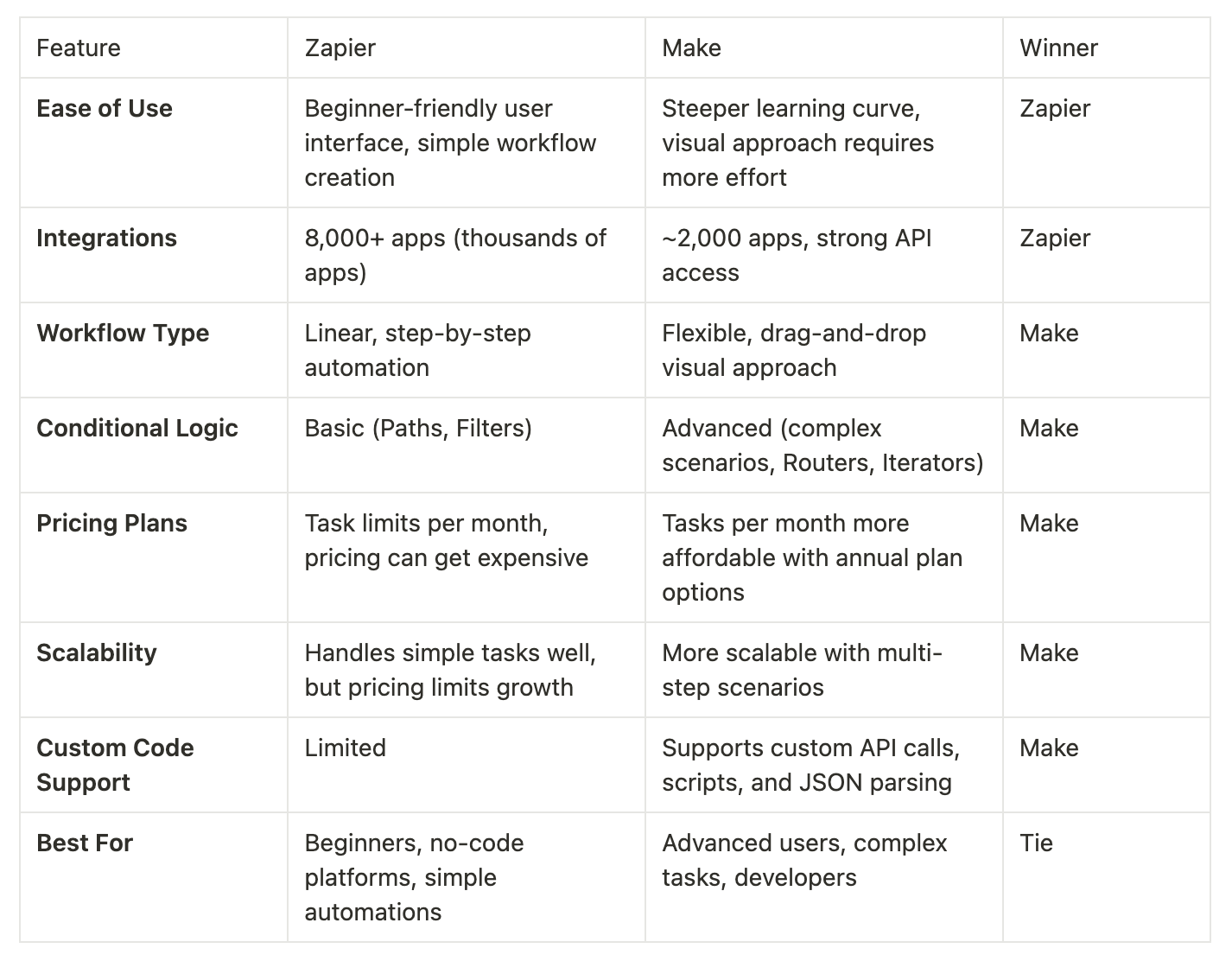
Key Differences Explained
Ease of Use & User Experience
Zapier is known for its intuitive user interface that simplifies automation. Users can set up pre-built workflows with just a few clicks, making it perfect for beginners or those unfamiliar with automation platforms.
Make, on the other hand, offers a visual approach to automation, using a drag-and-drop interface. This allows for more flexibility and control over complex scenarios, but it has a steeper learning curve, making it better suited for advanced users.
Winner: Zapier – Ideal for users new to workflow automation.
Integrations & Supported Apps
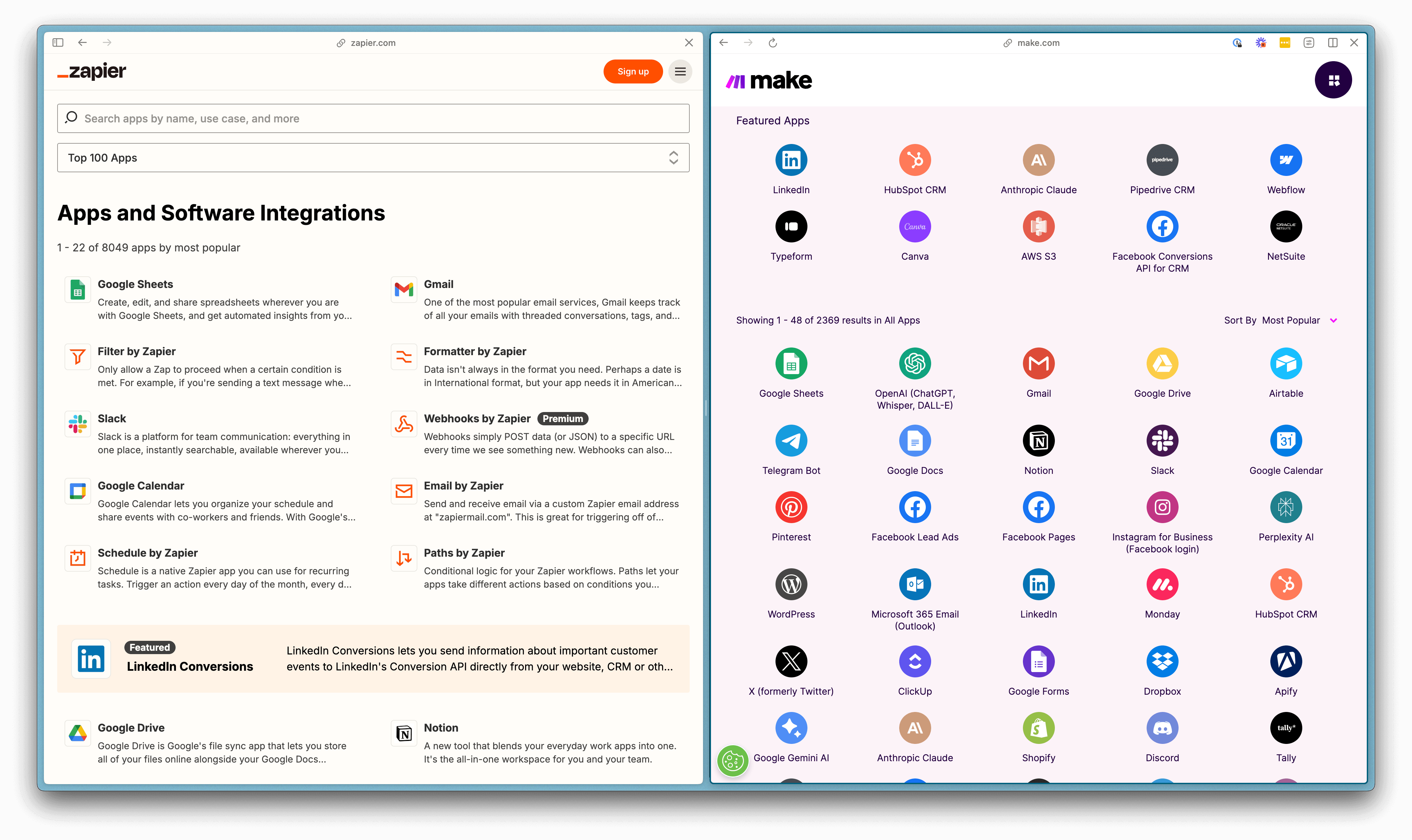
Zapier leads with over 8,000 integrations, covering nearly every major app. If you’re working with Google Sheets, CRM systems, project management tools, or marketing platforms, Zapier likely has a built-in connector.
Make supports ~2,000 integrations, but its strength lies in custom API connections. Developers can use custom code to create integrations with virtually any app, making it the go-to choice for businesses needing bespoke automation solutions.
Winner: Zapier – It offers the largest selection of pre-built integrations.
Workflow Automation & Complexity
.png)
Zapier uses a step-by-step automation model, making it easy to follow but limiting when dealing with complex tasks. Users may need multiple Zaps to accomplish what could be done in a single Make scenario.
Make, on the other hand, allows users to build branching workflows with multi-step scenarios, loops, and conditions. It also supports iterators, which let you process multiple records simultaneously, making it better for complex scenarios.
Winner: Make – More flexibility in workflow automation.
Pricing Plans & Cost Efficiency
.png)
Zapier’s task-based pricing model means that each action in a workflow counts toward a monthly task limit. Businesses running thousands of tasks per month may find costs stacking up quickly.
Make’s operation-based pricing model allows for more efficiency—especially on higher-tiered plans. Since Make calculates costs differently, businesses with complex, high-volume workflows will find it more affordable.
Winner: Make – More cost-effective for large-scale automation.
Scalability & Advanced Features
Zapier works well for routine tasks but lacks the depth required for businesses managing large-scale workflows.
Make provides advanced features such as:
- Routers for multi-path automation
- Iterators for handling multiple data entries in one automation
- Custom API calls for deeper app integrations
- JSON parsing and data transformations
For businesses looking to scale automation workflows, Make is the better long-term choice.
Winner: Make – Best for enterprises handling complex automation scenarios.
How to Pick the Right Automation Tool

But What If You Need Two-Way Syncing?
Neither Zapier nor Make is built for real-time two-way syncing. If you need to edit data in apps like Supabase, Webflow, and HubSpot directly from spreadsheets like Airtable and Notion, you should check out Whalesync.
Whalesync allows you to manage and update data in real-time across Google Sheets and other no-code platforms, so changes made in one are instantly reflected in the other. Instead of manually exporting/importing data or setting up complex automation flows, Whalesync provides a seamless two-way sync between these tools.
If you’re looking to use spreadsheets as a control panel for managing app data, Whalesync is the better fit.
.png)
FAQ: Frequently Asked Questions
What are the downsides of Zapier?
Zapier is easy to use but can become expensive due to task limits. It also lacks some advanced automation features compared to Make.
What is the difference between Make and Zapier?
Zapier follows a step-based automation approach, while Make allows for multi-step scenarios with greater flexibility in logic and execution.
Which automation platform is better for beginners?
Zapier is ideal for beginners due to its intuitive interface and pre-built automation templates.
What advanced features does Make offer that Zapier doesn’t?
Make supports iterators, aggregators, routers, and custom API requests, making it more powerful for complex workflow automation.
Can I use Zapier or Make for Google Sheets automation?
Yes! Both platforms integrate with Google Sheets, but Make provides more advanced features for handling bulk data.
Which tool is best for large-scale workflow automation?
Make is the best option for businesses looking to automate complex, multi-step workflows efficiently.
Final Thoughts
Zapier and Make are both powerful automation tools, but they cater to different users:
- Zapier is best for no-code users, small businesses, and simple tasks.
- Make is the preferred choice for advanced users, developers, and businesses needing large-scale automation.
- Whalesync is the best solution for real-time two-way syncing between spreadsheets and apps.
Choosing the right automation platform depends on your workflow needs, budget, and technical skills. Now go build something cool!
Subscribe for more
Stay up to date with the latest no-code data news, strategies, and insights sent straight to your inbox!
Thank you for subscribing!
Related posts
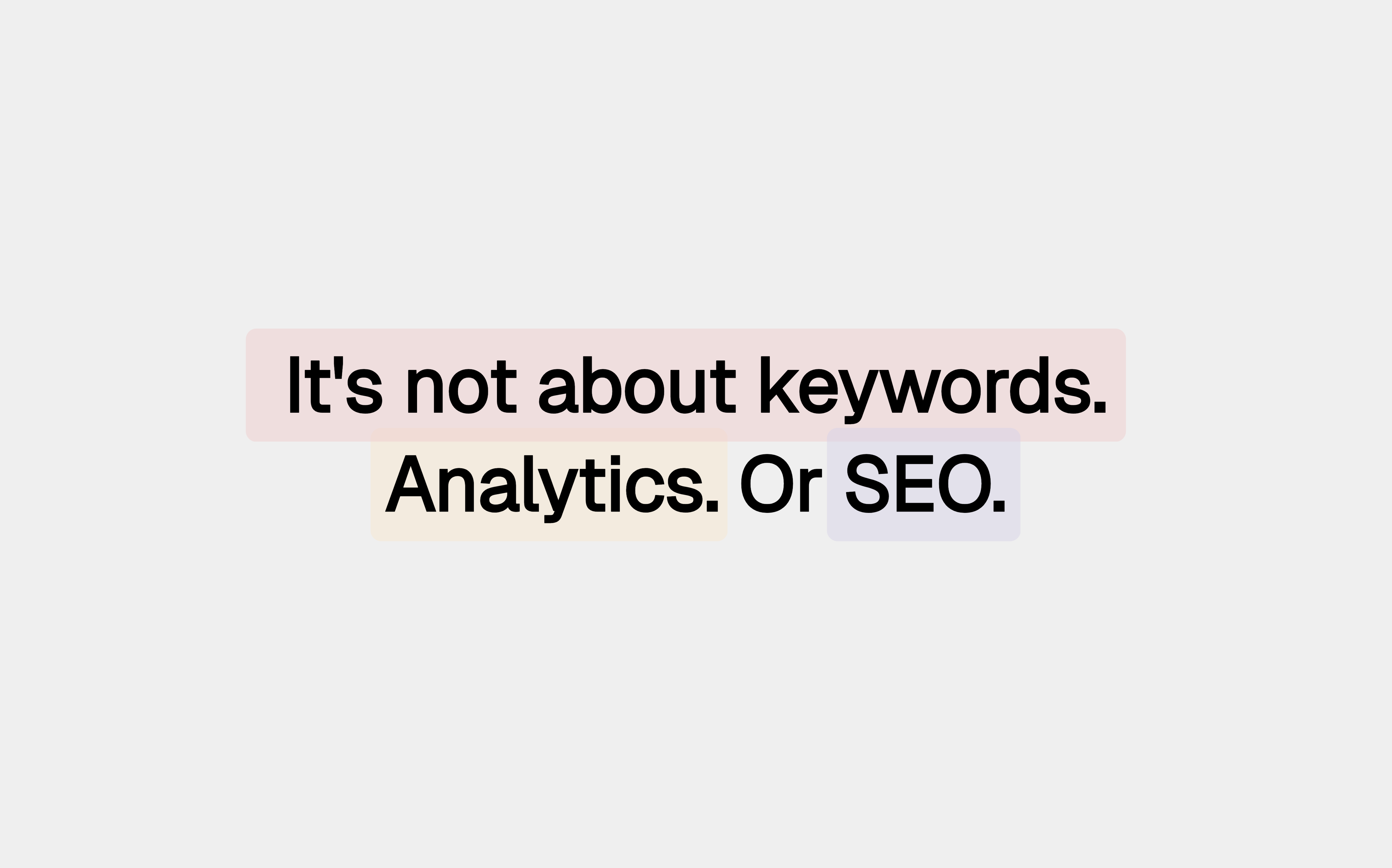


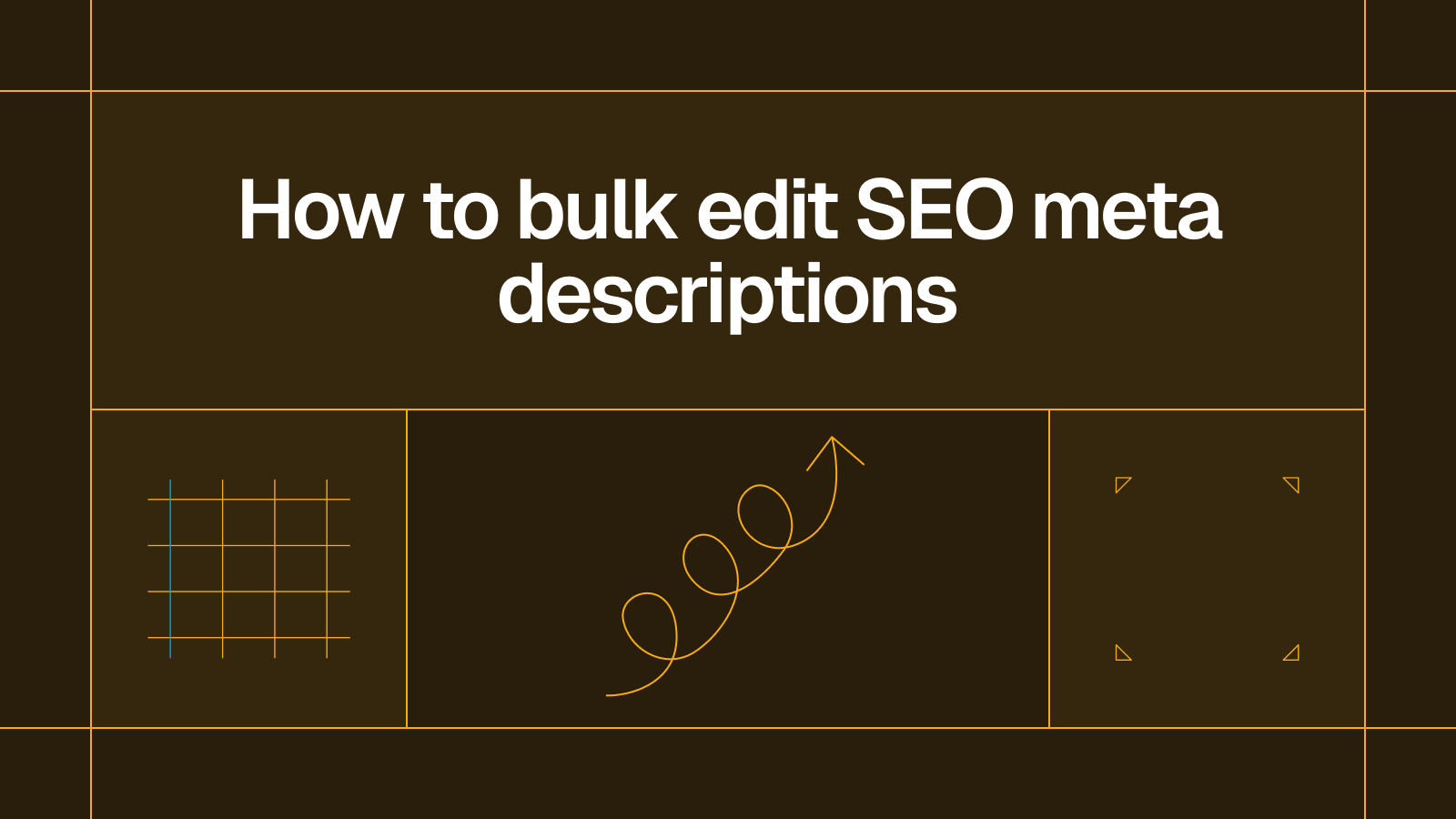


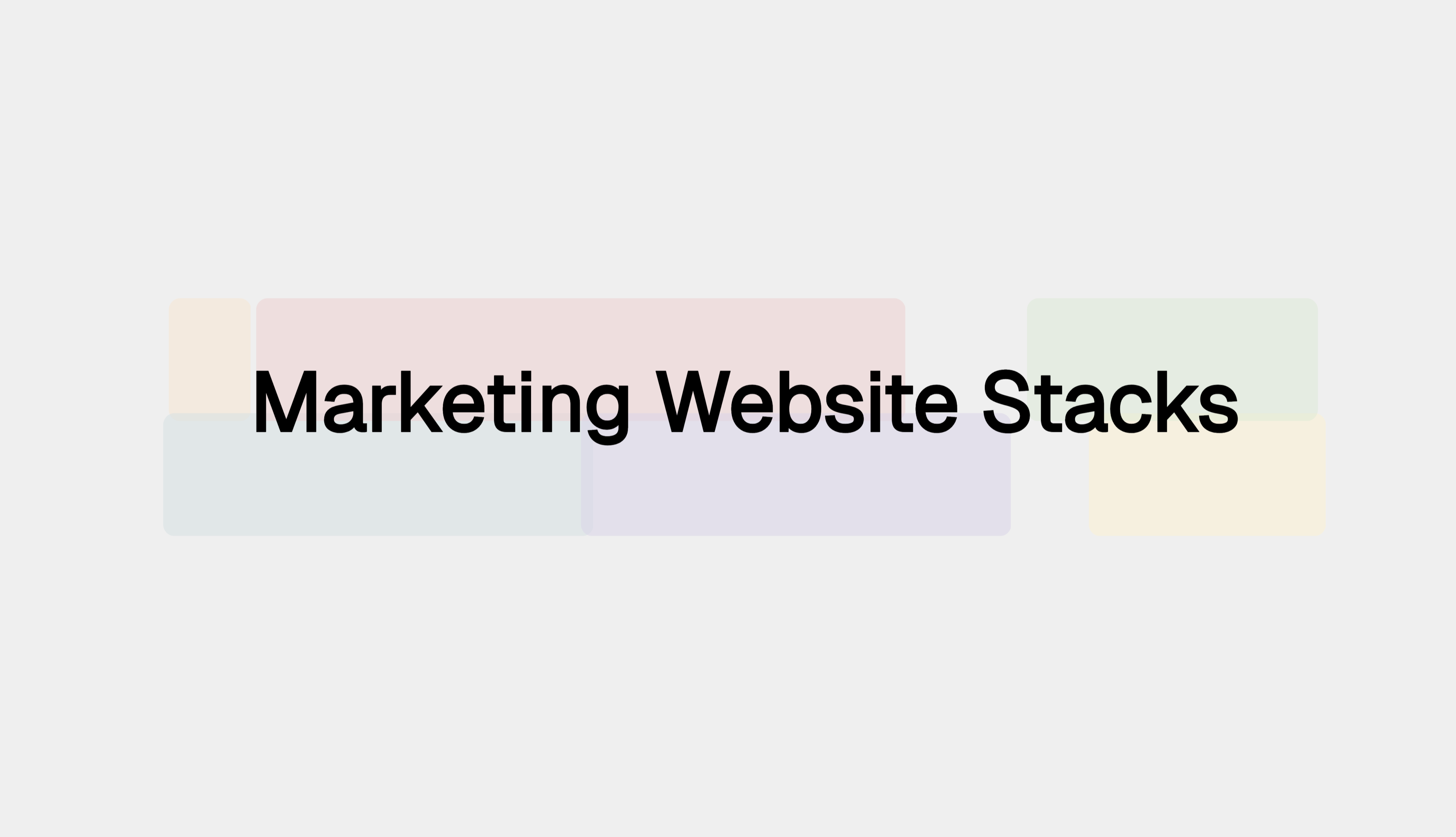
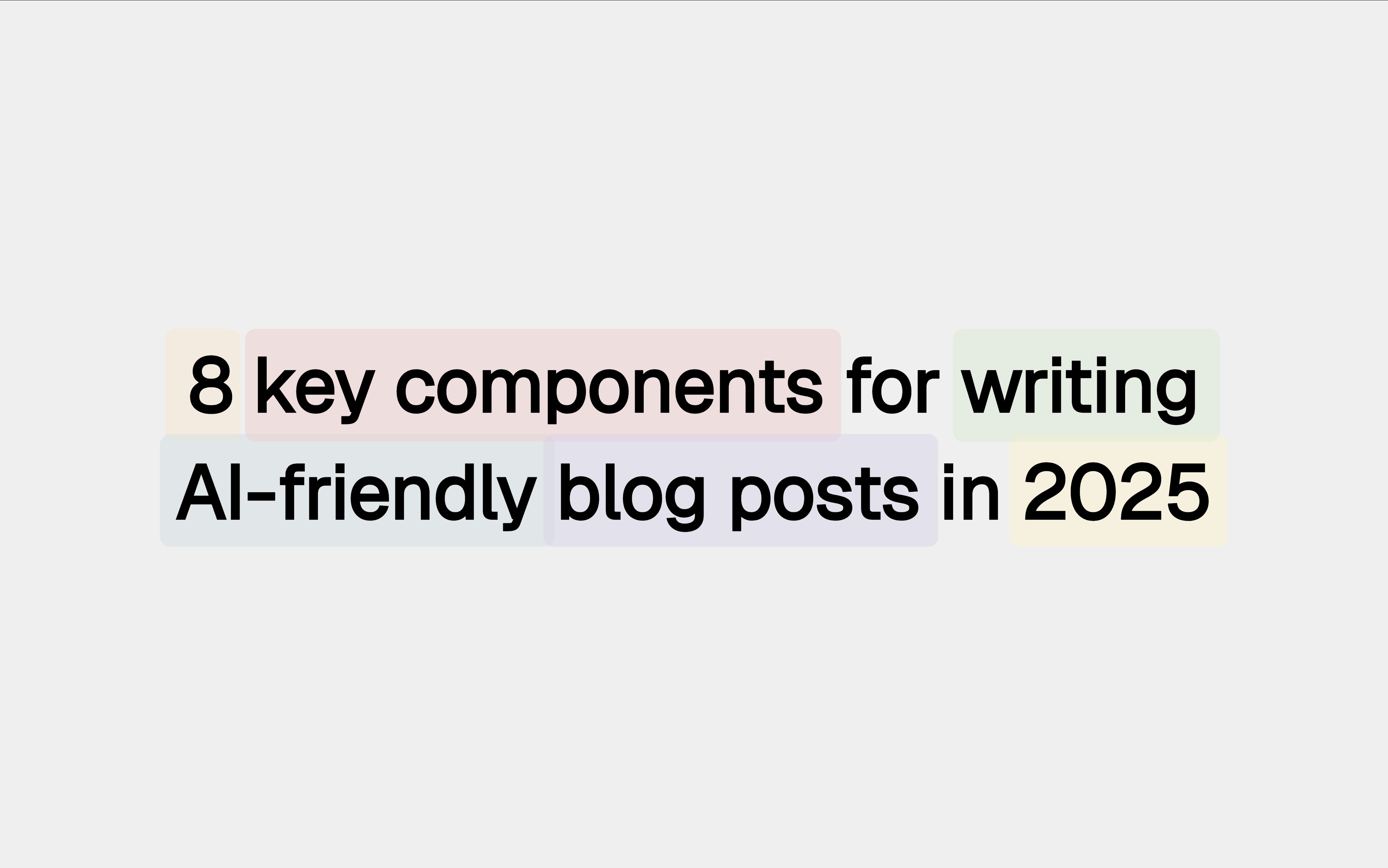




.svg)




.svg)


